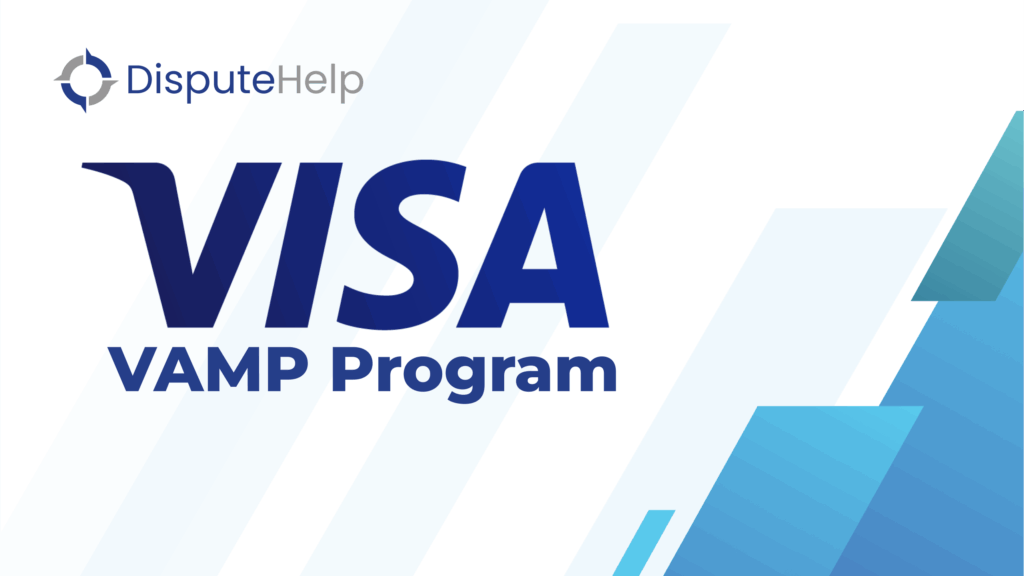When a customer initiates a chargeback, they contact their issuing bank and provide the reason for the dispute. When the issuer decides the dispute is valid, and deflection does not resolve it, the dispute phase begins. Here, the merchant has a window to act. They can either accept the dispute and resolve it, or let it advance to the next phase and continue to fight.
This is where dispute alerts come in to play; alerts notify merchants of incoming chargebacks. Alerts are triggered when the issuing bank then sends a request to the card network, which forwards it to the acquiring bank. The acquiring bank deducts the disputed amount from the merchant account, and the revenue slips back to the cardholder as a chargeback.
Before alerts, this chargeback would be the first time a merchant hears about a dispute — in many cases too late.
Alerts & Their Providers
Alerts precede a chargeback to give merchants the option to refund their disputes before a chargeback comes through with its attendant fees and penalties. Solutions: Ethoca Alerts, Verifi CDRN & RDR Alerts began as Verifi/Ethoca products, but these companies have since been acquired by Visa & Mastercard respectively. Before alerts, merchants would only learn about a dispute when the chargeback took their transaction revenue. Now, with alerts, merchants are notified of an impending chargeback and can take preventative action by refunding the cardholder. Of course, this is not ideal — they’d rather keep the revenue — but in cases of third-party fraud, a refund avoids additional fees and penalties incurred by a chargeback. This is particularly beneficial to high-risk merchants that need to stay below their chargeback-to-sales threshold of 1%. Furthermore, this is an ideal solution for digital merchants, where no physical inventory is lost.A note about Automation
Currently, Verifi’s RDR (Rapid Dispute Resolution) is the sole solution for automated resolutions in the Dispute Phase. While CDRN and Ethoca Alerts are managed manually through the merchant gateway, RDR executes automated decisioning based on preset rules defined by the merchant. When the rules qualify a dispute for refund, RDR routes a refund through Visa.
- Issuer BIN
- Transaction Date
- Transaction Amount
- Currency Code
- Purchase Identifier
- Dispute Category
- Dispute Condition Code
What Alerts Are Not
It’s important to understand the limitations of alerts, and their role in the dispute management ecosystem:- Alerts do not deflect or invalidate disputes; they strictly prevent chargebacks by enabling the merchant to refund.
- Alerts do not reduce the fraud-to-sales ratio; only the chargeback-to-sales ratio
- They do not prevent shrink or inventory loss; merchants rarely receive an alert in time to block fulfilment of the disputed transaction
- PCI Compliance: These are best-practices set forth by the card networks to ensure security of credit card transactions and prevent data breaches. Training and requirements are here
- 3DS Authentication: Using 3DS reduces fraud, but also shifts liability for authenticating transactions to the card issuer or network.
- Fraud Filters: This ranges from basic authentication requirements in the merchant gateway (such as having AVS and CVV inputs) to third-party fraud scoring solutions
- Deflection: if the cardholder can be tied to the transaction, in cases of first-party fraud or misuse, the issue can be deflected before the Dispute Phase.


